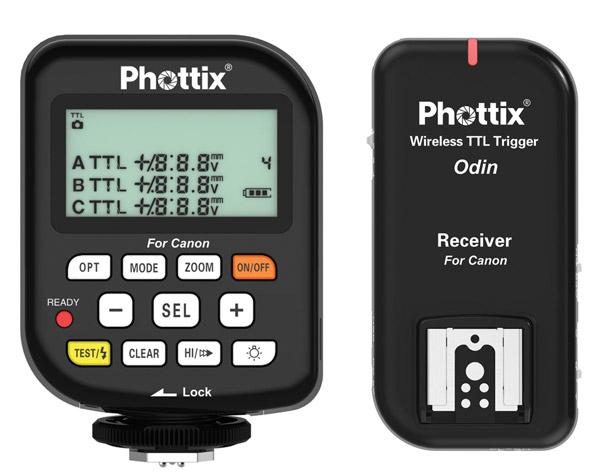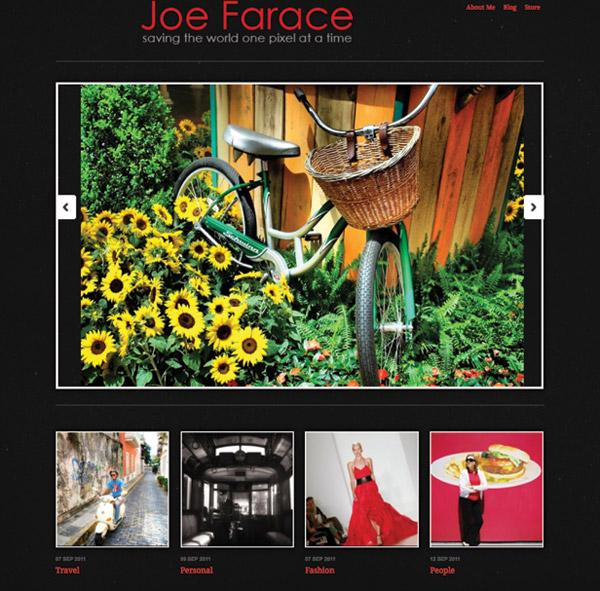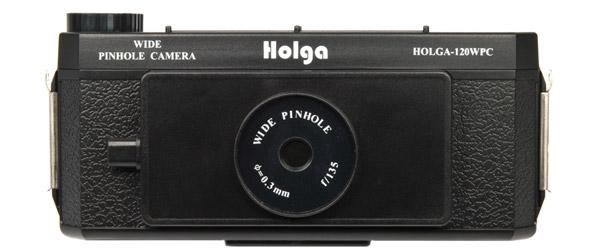Joe Farace
|
Mar 28, 2012 |
First Published: Feb 01, 2012
|
Mar 28, 2012 |
First Published: Feb 01, 2012
|
Mar 20, 2012 |
First Published: Feb 01, 2012
|
Mar 05, 2012 |
First Published: Jan 01, 2012
|
Feb 14, 2012 |
First Published: Jan 01, 2012
|
Feb 09, 2012 |
First Published: Jan 01, 2012
|
Feb 03, 2012 |
First Published: Dec 01, 2011
|
Feb 02, 2012 |
First Published: Dec 01, 2011
|
Jan 11, 2012 |
First Published: Dec 01, 2011
|
Jan 10, 2012 |
First Published: Dec 01, 2011


 Color Efex Pro 4 is Nik Software’s (www.niksoftware.com) latest version of its digital photographic filter plug-ins for retouching and creative enhancements. It is Mac OS and Windows compatible and installs as a 32-bit and 64-bit plug-in for Adobe Photoshop CS4 or later, Lightroom 2.6 or later, Photoshop Elements 8 or later, or Apple Aperture 2.1.4 or later. The installer searches for all of the hosts that are on your computer and if you already have Photoshop, Lightroom, and Aperture installed, as I do, it will install Color Efex Pro 4 for all of the host applications.
Color Efex Pro 4 is Nik Software’s (www.niksoftware.com) latest version of its digital photographic filter plug-ins for retouching and creative enhancements. It is Mac OS and Windows compatible and installs as a 32-bit and 64-bit plug-in for Adobe Photoshop CS4 or later, Lightroom 2.6 or later, Photoshop Elements 8 or later, or Apple Aperture 2.1.4 or later. The installer searches for all of the hosts that are on your computer and if you already have Photoshop, Lightroom, and Aperture installed, as I do, it will install Color Efex Pro 4 for all of the host applications.







